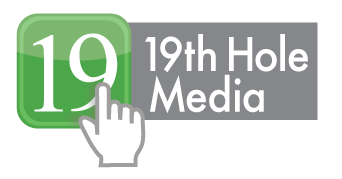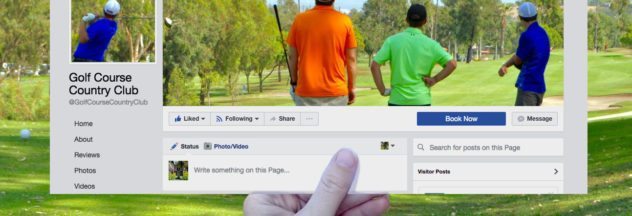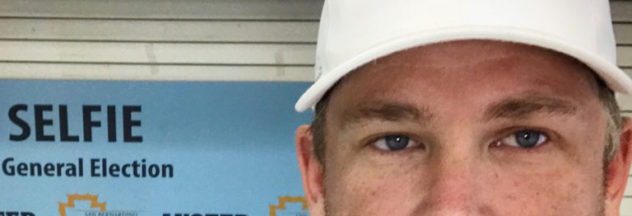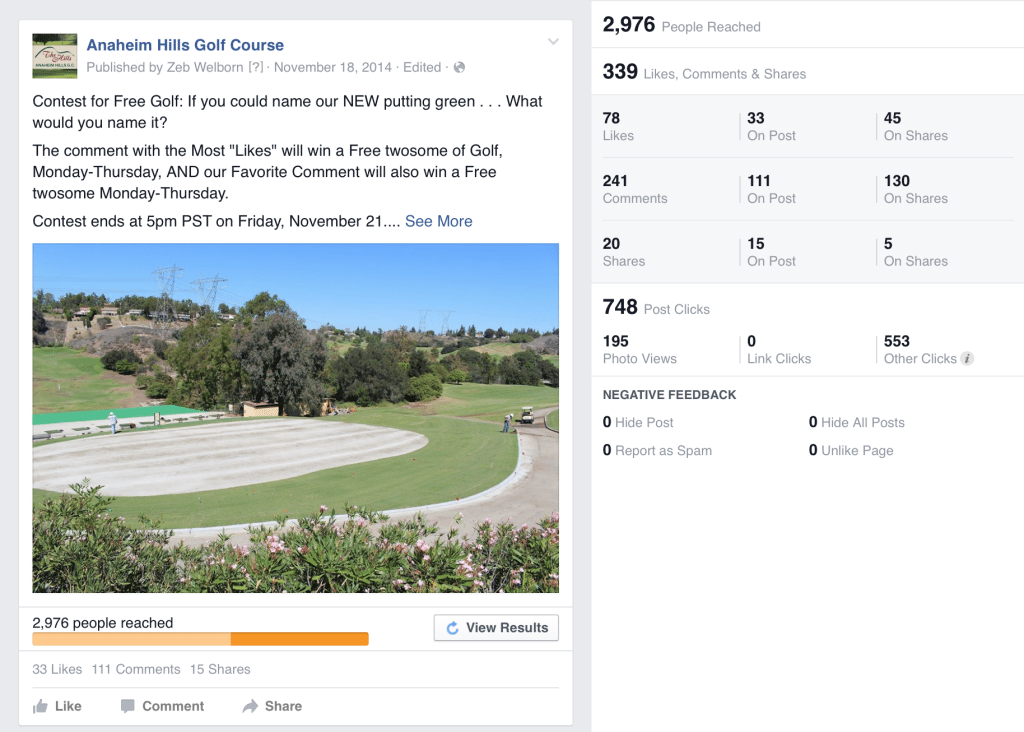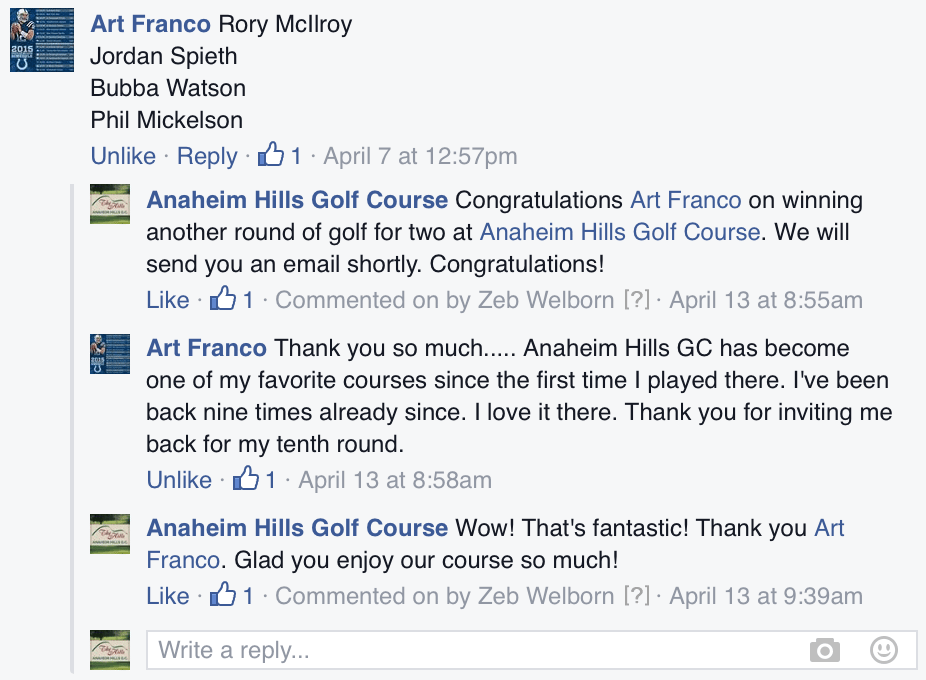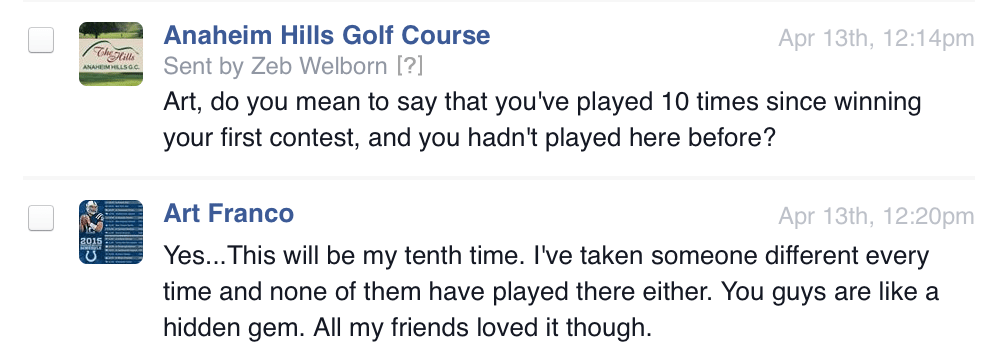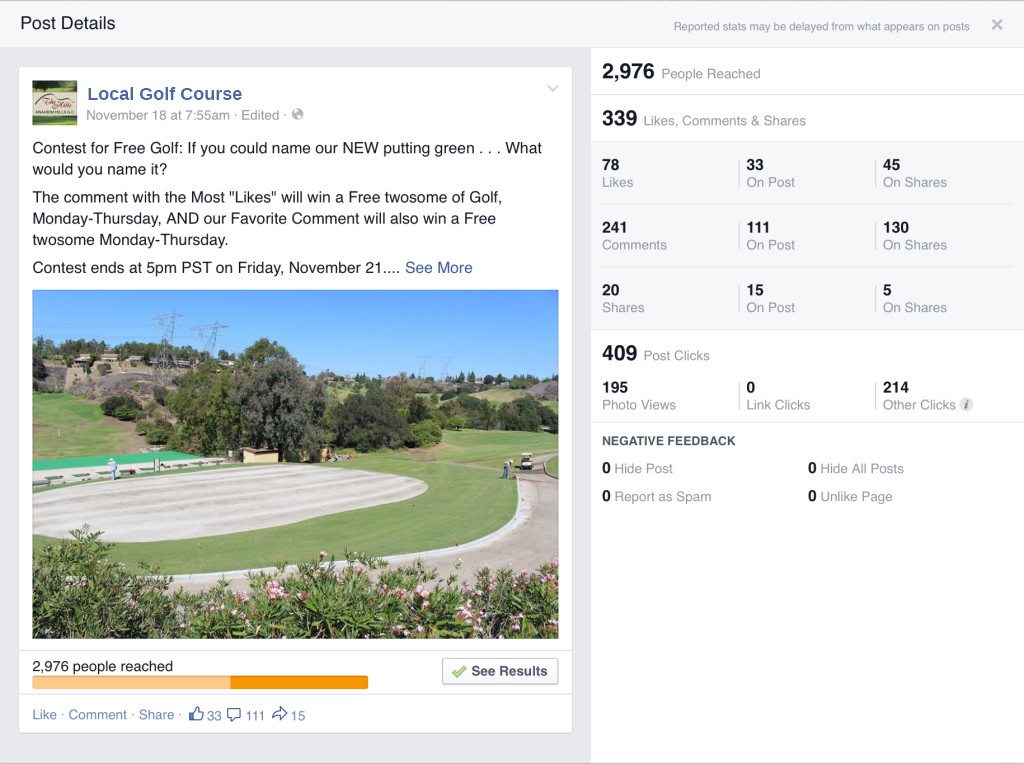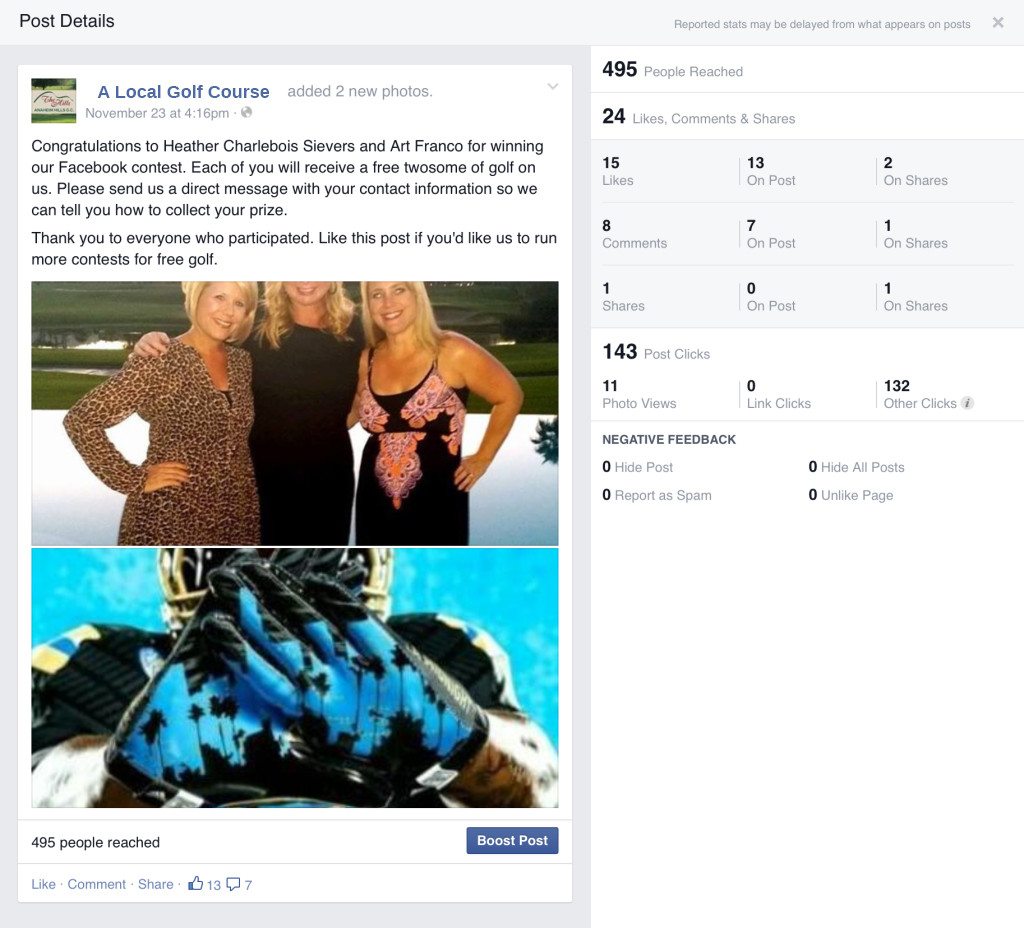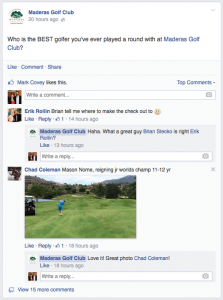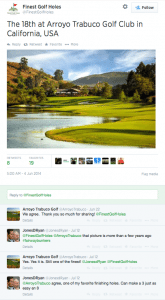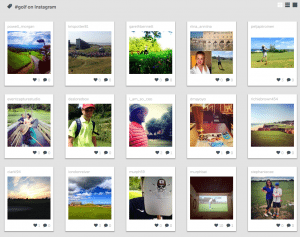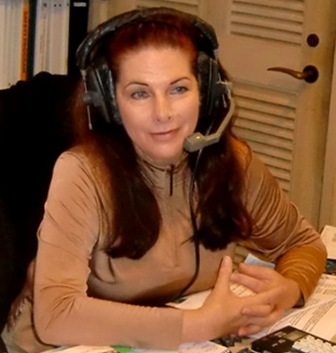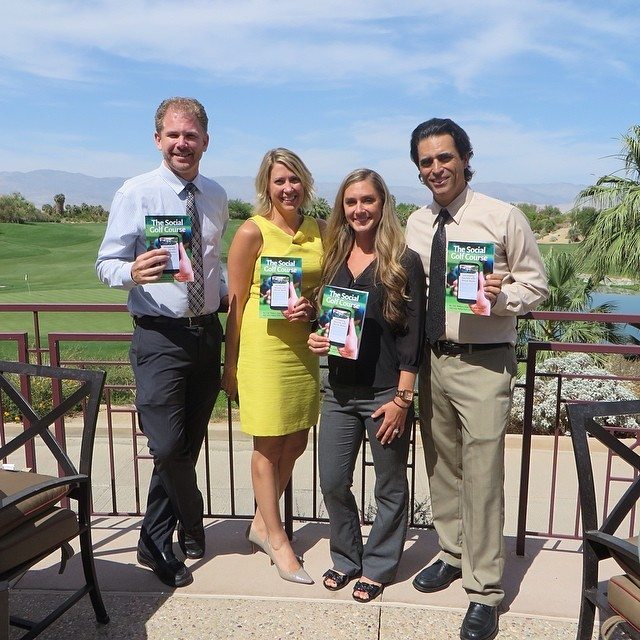The Don’ts of Facebook Marketing for Golf Courses
“Mistakes are part of the game. It’s how well you recover from them, that’s the mark of a great player.” – Alice Cooper
A new General Manager was hired at one of the first golf courses 19th Hole Media signed up to manage their social media pages. In my first conversation with him he told me he saw no value in social media.
“What do I care what people had to eat?”, he said.
In speaking with many golf course owners and general managers, they were of a similar opinion.
That was six years ago.
Through education, competition and the shifting purchasing habits of golfers most golf course owners and general managers realize the importance of social media in increasing rounds and revenue at their golf course.
Many, however, are doing it wrong.
Here is what NOT to do when marketing your golf course on Facebook:
Don’t Be Overly Promotional
People use Facebook to keep tabs on their family, friends and the companies that interest them. Selling on Facebook is acceptable, but not all the time.
How many of you would willingly sign up to watch TV commercials, look at magazines with only advertisements, or read newspaper ads without any news stories?
If all your posts are sales posts, your audience will get tired of your constant ads and stop following your course.
Another reason not to be overly promotional is that Facebook algorithms will show posts that get low engagement to fewer people. From analyzing thousands of Facebook posts, I can tell you that promotional posts get little to no engagement.
If you continually make posts that get little engagement, Facebook will show your posts to fewer and fewer of your followers.

Don’t Post Flyers
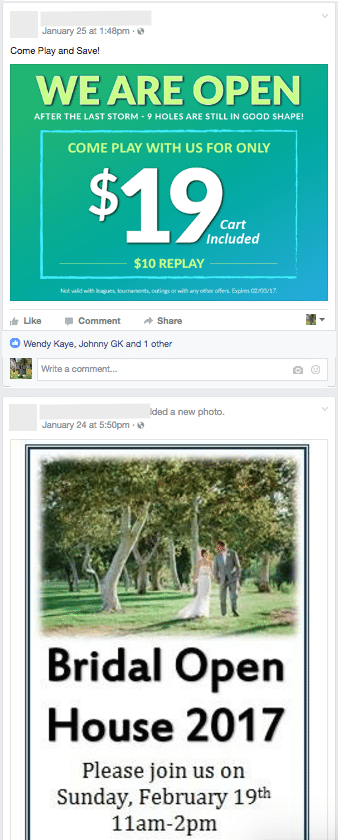 Many golf courses treat their Facebook page like an on-site bulletin board. They have their marketing team draft a flyer, blast it out via email and share it on social media.
Many golf courses treat their Facebook page like an on-site bulletin board. They have their marketing team draft a flyer, blast it out via email and share it on social media.
Just like when you’re being overly promotional, flyers typically get little to no engagement. The less your Facebook followers engage with your posts, the less likely your posts will show up.
You also don’t want to post flyers because flyers usually contain a lot of text. Facebook will not allow you to boost – spend advertising dollars to reach more potential customers – any posts that have close to 20% text in the photo.
Facebook did this to limit an advertising look and feel to their platform. They also recognized that most photos with text had little to no engagement. And Facebook is all about engagement.
Lastly, consumers can spot, and ignore advertisements easily and flyers are easy-to-spot advertisements.
Think about opening your emails. Do you know which emails are promotional and which ones are not?
Most email users can immediately identify and delete any sales/promotional emails while recognizing emails that are important to them.
Think about watching TV. Do you watch commercials when you watch TV?
Most TV viewers now have a DVR to record programs and skip through commercials to watch their shows uninterrupted.
Think about retrieving the mail from your mailbox. Do you open and look at every piece of mail you receive?
Most people immediately discard mass mailings and open the letters that are important to them.
As consumers we’re constantly filtering out sales messages. Try your best to avoid anything that looks like an ad in your social media posting.
Don’t Post Too Infrequently
Another problem golf courses have is posting too infrequently. I can’t tell you how many golf course Facebook pages I’ve seen get started enthusiastically and then go dormant.
Many of your golfers are accustomed to getting information about their world from their social media pages. If your golf course is absent from posting to the people who want to hear from you the most, you’re missing out on a huge opportunity.
There are many reasons why golf courses’ Facebook pages go dormant: perhaps the person in charge of social media moved on, it wasn’t a priority, or there just wasn’t enough time in the day to commit to creating a vibrant social presence. (Which is why golf courses hire 19th Hole Media.)
Every day something worthy of social media is happening at your golf course. Identifying those opportunities and sharing them with the world takes a consistent, committed and focused effort.
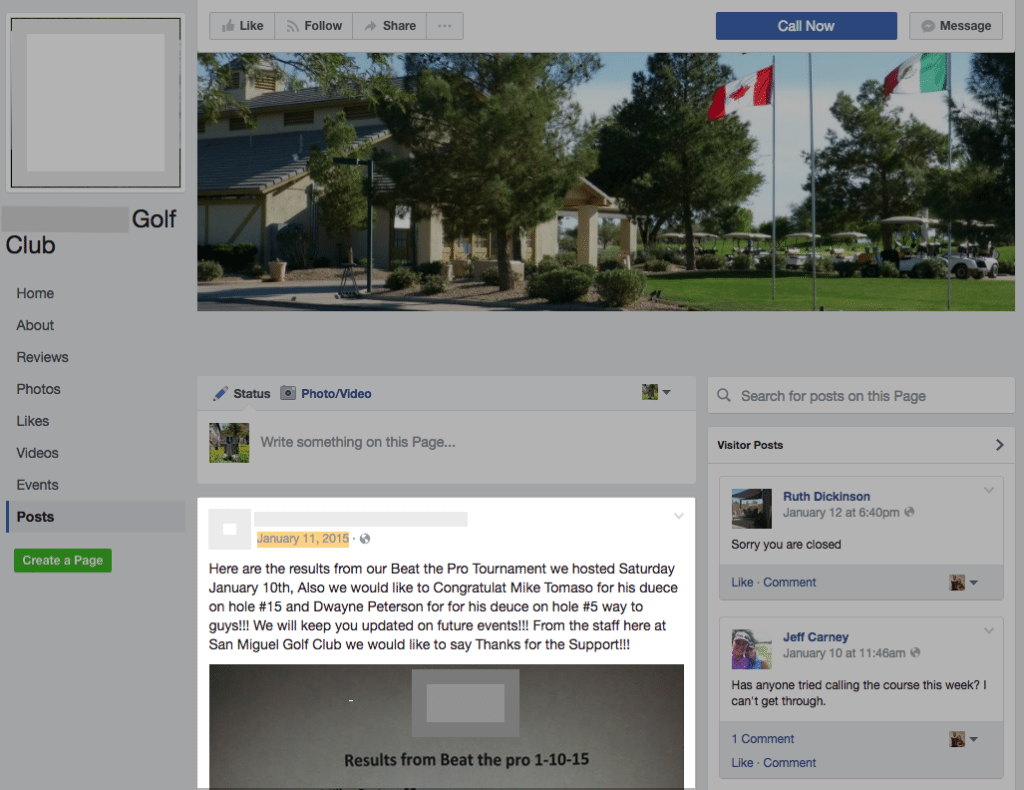
Don’t Not Engage
Another big problem we see many golf courses struggle with on social media is responding when followers comment on stuff.
Imagine a customer comes to the counter at your golf shop and says what a wonderful time they had playing your course and the person behind the counter says nothing.
Better yet, imagine your golf shop full of golfers when your customer complains loudly about an experience they had at your golf course and the person behind the counter says nothing.
When golfers comment on your social media pages they are expecting a response, just as they would when they are at your golf course. Ignoring comments by followers not only misses an opportunity to connect further with the golfer who commented, but it also hurts your relationship with other golfers who see that you aren’t responding to your golfers.
The more you comment back, the more you encourage comments in the future. And the more engagement you have on your posts, the more Facebook will show your posts to your followers.
Don’t Post the Same Type of Post Over and Over
Just like you wouldn’t want to continually post advertising messages on your Facebook page, you also wouldn’t want to post the same type of post all the time on your Facebook page.
I see many golf courses who just share links to websites on their page. Facebook posts can be links to webpages, pictures, questions, testimonials, polls, videos and others. The more variety you have on your Facebook posts, the more likely your followers will stay engaged with your course.
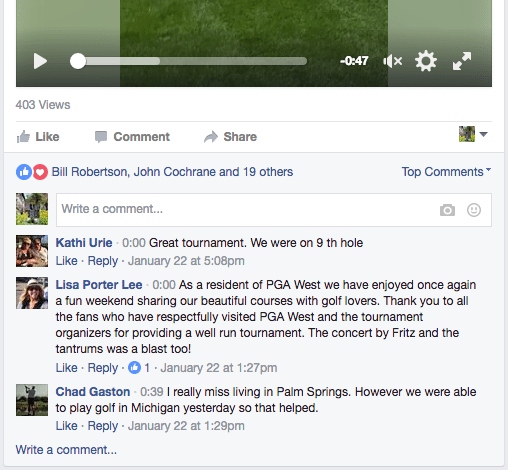
Don’t Not Analyze Your Efforts
Facebook has an excellent analytical tool called Facebook Insights which monitors the success, or lack thereof for your Facebook efforts.
In addition to gathering valuable demographic information about your Facebook followers, Facebook Insights will also show you which Facebook posts are delivering results and which ones are not.
Analyzing your efforts will not only provide valuable feedback when it comes to posting on Facebook, but it will also give you valuable insight into other marketable aspects of your business.
The Back Nine for Social Media
As Alice Cooper would tell you, in golf and on social media, mistakes happen. If your golf course is guilty of any of the Facebook don’ts for golf courses, it’s not too late to turn things around.
Don’t be overly promotional, don’t post flyers, don’t post infrequently, don’t not engage your golfers, don’t post the same type of post over and over and don’t not analyze your efforts.
Instead, recover from your mistakes, be great, and do Facebook right.
Coming Soon How to Do Facebook Right at Your Golf Course: The Do’s of Facebook Marketing for Golf Courses
Sign up for the 19th Hole Media newsletter to get our next article sent to your email address.
Share This Article!